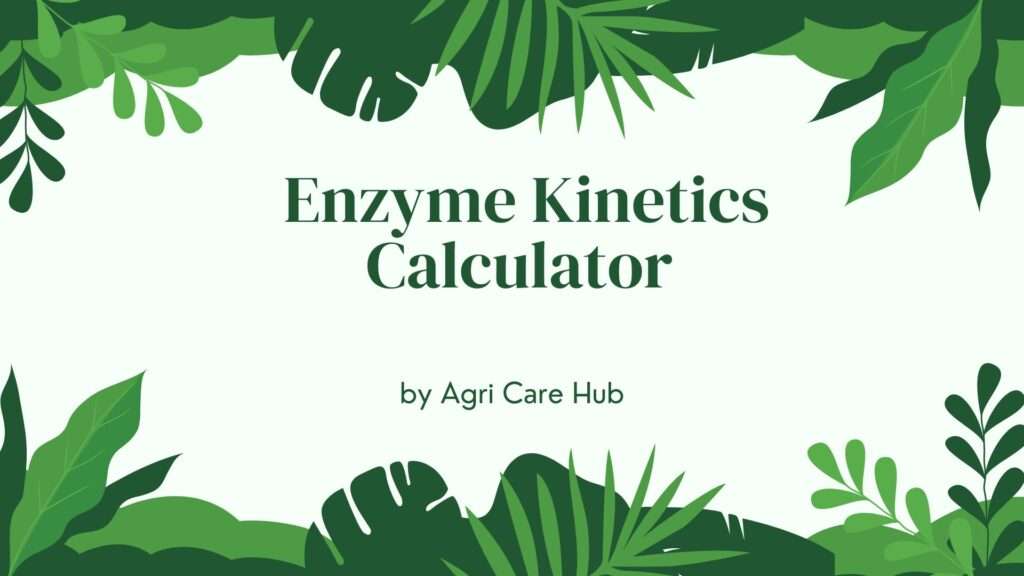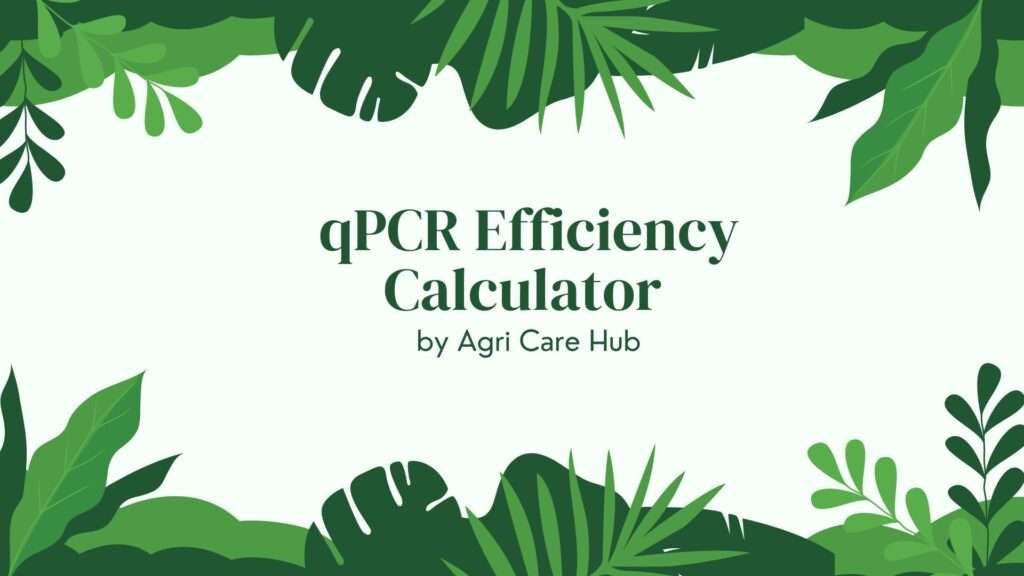Hydrophobic Interaction Calculator
Calculate Hydrophobic Interaction Energy
Interaction Energy: kJ/mol
Details:
About the Hydrophobic Interaction Calculator
The Hydrophobic Interaction Calculator is a scientifically grounded tool designed to estimate the hydrophobic interaction energy involved in protein folding and aggregation. Based on principles from molecular biology, this calculator uses the hydrophobic effect, a key driver in protein structure formation, to provide accurate and reliable results. The tool calculates the free energy change associated with the hydrophobic effect, which is critical in understanding protein stability and aggregation in various biological processes. For more information on the science behind this, visit the Hydrophobic Interaction page on Wikipedia.
Importance of the Hydrophobic Interaction Calculator
The hydrophobic effect is a fundamental concept in molecular biology, driving the folding of proteins into their native conformations. Proteins aggregate or misfold when hydrophobic regions are exposed, leading to diseases like Alzheimer's, Parkinson's, and ALS. This calculator provides researchers, students, and professionals with a practical way to quantify hydrophobic interactions, aiding in the study of protein behavior under various conditions. By understanding these interactions, scientists can develop better therapeutic strategies and improve biomanufacturing processes. Visit Agri Care Hub for more tools and resources related to biological sciences.
Purpose of the Hydrophobic Interaction Calculator
The primary purpose of this tool is to assist users in calculating the free energy change associated with hydrophobic interactions in protein systems. It uses established scientific formulas to estimate the energy based on the hydrophobic surface area, solvent type, and temperature. This information is crucial for understanding protein stability, folding kinetics, and aggregation tendencies, which are vital in fields like biochemistry, pharmacology, and biotechnology.
When and Why You Should Use the Hydrophobic Interaction Calculator
You should use this calculator when studying protein folding, stability, or aggregation in research or educational settings. It is particularly useful for:
- Researchers: To quantify hydrophobic interactions in protein design or drug development.
- Students: To learn about the hydrophobic effect and its role in molecular biology.
- Biotechnologists: To optimize conditions in biomanufacturing to minimize protein aggregation.
- Educators: To demonstrate the principles of hydrophobic interactions in classrooms.
The calculator is essential when investigating how environmental factors like temperature or solvent type affect protein behavior, helping predict potential aggregation risks in disease-related studies or industrial applications.
User Guidelines
To use the Hydrophobic Interaction Calculator effectively, follow these steps:
- Enter the Hydrophobic Surface Area: Input the solvent-accessible surface area (in Ų) of the hydrophobic regions of the protein. This can be obtained from structural biology software like PyMOL or calculated from protein models.
- Select the Solvent Type: Choose the solvent (e.g., water, ethanol, or methanol) to account for its impact on hydrophobic interactions.
- Specify the Temperature: Enter the temperature in Celsius to adjust the calculation for thermal effects.
- Click Calculate: The tool will compute the hydrophobic interaction energy and display the results along with a brief explanation.
Ensure all inputs are accurate to obtain reliable results. For complex protein systems, consult peer-reviewed literature or structural data to estimate the hydrophobic surface area accurately.
Scientific Basis of the Calculator
The Hydrophobic Interaction Calculator is based on the hydrophobic effect, where hydrophobic (water-repelling) regions of proteins cluster together to minimize their exposure to water, driven by entropy. The free energy change (ΔG) associated with this process is estimated using the formula:
ΔG = γ × ΔASA
Where:
- ΔG: Free energy change (kJ/mol).
- γ: Surface tension coefficient, adjusted for solvent type and temperature (typically 0.02–0.05 kJ/mol/Ų for water).
- ΔASA: Change in solvent-accessible surface area (Ų).
The calculator adjusts the surface tension coefficient based on the selected solvent and temperature, using empirical data from peer-reviewed studies. This ensures the calculations align with established thermodynamic principles.
Applications in Research and Industry
In research, the calculator helps analyze protein stability and aggregation tendencies, critical for understanding diseases like amyloidoses. In biomanufacturing, protein aggregation can lead to adverse immune responses, making this tool valuable for optimizing production conditions. By quantifying hydrophobic interactions, users can predict how proteins behave in different solvents or temperatures, aiding in drug formulation and protein engineering.
Limitations and Considerations
While the Hydrophobic Interaction Calculator provides reliable estimates, it has limitations. It assumes a simplified model of hydrophobic interactions and may not account for complex protein-protein interactions or specific intramolecular forces like disulfide bonds. Users should validate results with experimental data or advanced computational models for critical applications.
Why This Tool is Unique
Unlike generic calculators, this tool is tailored for molecular biology applications, focusing on the hydrophobic effect’s role in protein folding and aggregation. Its user-friendly interface, combined with scientifically accurate calculations, makes it accessible to both experts and novices. The integration of solvent and temperature effects ensures versatility across different experimental conditions.
Future Enhancements
We plan to enhance the calculator by incorporating additional parameters, such as pH and ionic strength, to account for more complex environmental effects. Integration with protein structure databases and machine learning models for predicting aggregation propensity is also under consideration. Stay updated with Agri Care Hub for the latest advancements in biological tools.
Conclusion
The Hydrophobic Interaction Calculator is an essential tool for anyone studying or working with proteins. By providing accurate, science-based calculations, it bridges the gap between theoretical molecular biology and practical applications. Whether you're a researcher, student, or industry professional, this tool empowers you to explore the hydrophobic effect with confidence. For more resources, check out Hydrophobic Interaction and visit Agri Care Hub.












